About Sandalwood
Medicinal. Sacred. Rare.The royal tree: valuable and threatened
Sandalwood (Santalum album) is one of the most expensive tropical hardwoods in the world – and extremely valuable. Because the core of the tree contains the coveted essential sandalwood oil. This raw material is known for its unique medicinal and olfactory properties. The medicinal effect of sandalwood oil has been scientifically proven: It has anti-inflammatory, antibacterial, antifungal and anti-proliferative properties.
Sandalwood oil is used in medicinee.g.TCM(Traditional Chinese Medicine) Ayurvedain natural cosmeticsand in the perfume industry. Additionaly, Sandalwood is called “the sacred tree” in Hinduism and is for more than one billion people part of numerous culturalritual and religious acts. In India, Sultan Tipu declared sandalwood as the “King’s Tree” in 1792. To this day, this means that sandalwood is under government control and deprives farmers and private entrepreneurs in India of the incentive to commit to the long-term and cost-intensive cultivation of the sandalwoodtree.
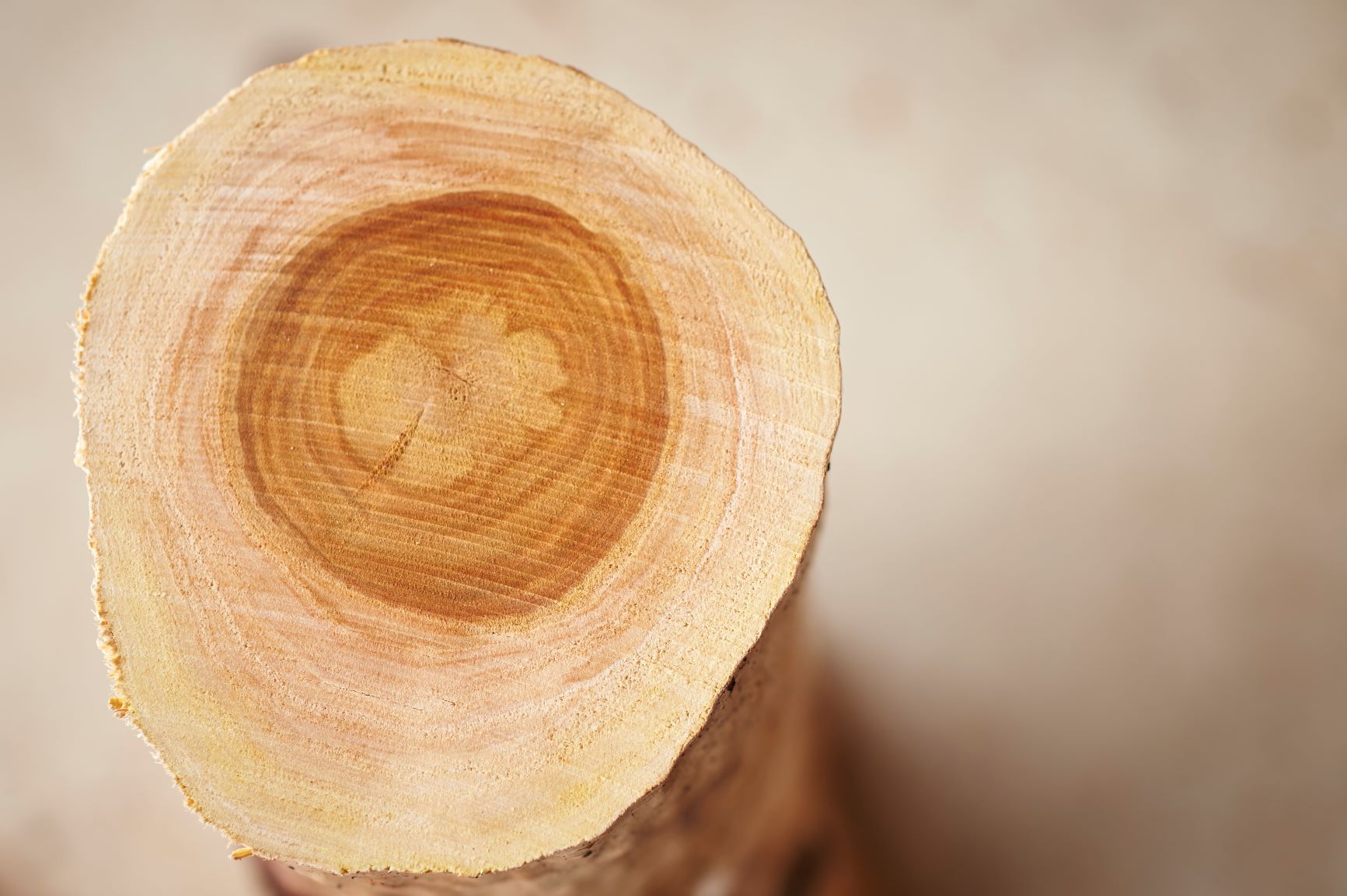
As coveted as sandalwood has been for thousands of years, it is rare today: the wild growing sandalwood has become scarce due to centuries of overexploitation. and threatened with extinction. It is on the IUCN Red List (International Union for Conservation of Nature). The unbroken demand can has therefore not been satisfied for a long time. The official supply of sandalwood in its original homeland of Asia has fallen by almost 90% in the past ten years. As a result, there is a long-term supply shortage worldwide.
Customers from the natural cosmetics industry, manufacturers of high-quality perfumes, the pharmaceutical industry and more and more consumers are increasingly attaching importance to sustainably and legally cultivated and processed sandalwood that comes from reliable and transparent sources. They want to trace where it originates from and under what conditions it has grown.
More than 20 years ago, our cultivation partner Quintis succeeded in sustainably cultivating the valuable sandalwood in the tropical north of Australia.. Over the decades, a reliable, resource-saving source of ethically produced sandalwood has emerged.
One kilogram sandalwoodoil is traded wholesale at up to USD 5,000. Retail prices can be in excess of USD 25,000. The heartwood of the sandalwood tree is equally coveted and can fetch even higher profit margins than sandalwood oil, with prices of over USD 150 per kilogram.
Diverse areas of application and forms of use
Sandalwood Oil (Santalum album)
worldwide
Sandalwood oil is extracted from the heartwood and roots of the sandalwood tree. The essential oil possesses anti-inflammatory, antibacterial, antifungal and antiproliferative properties, which have been proven in numerous studies in western orthodox medicine. There have already been some clinical trials aimed at developing medicines based on sandalwood.
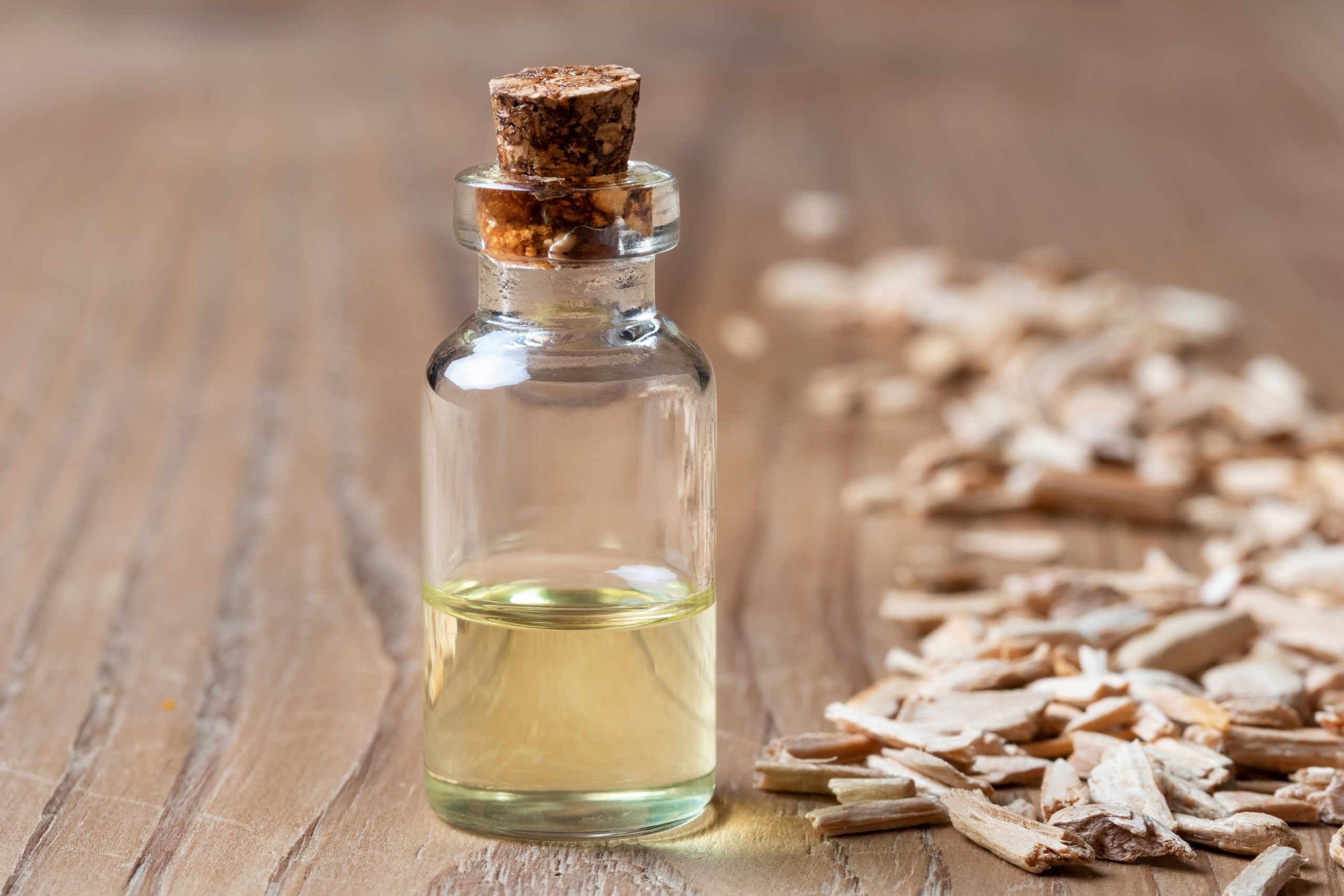
Aromatherapy
worldwide
In the United States, sandalwood oil is one of the top 10 essential oils used in aromatherapy to relieve ailments and enhance well-being.
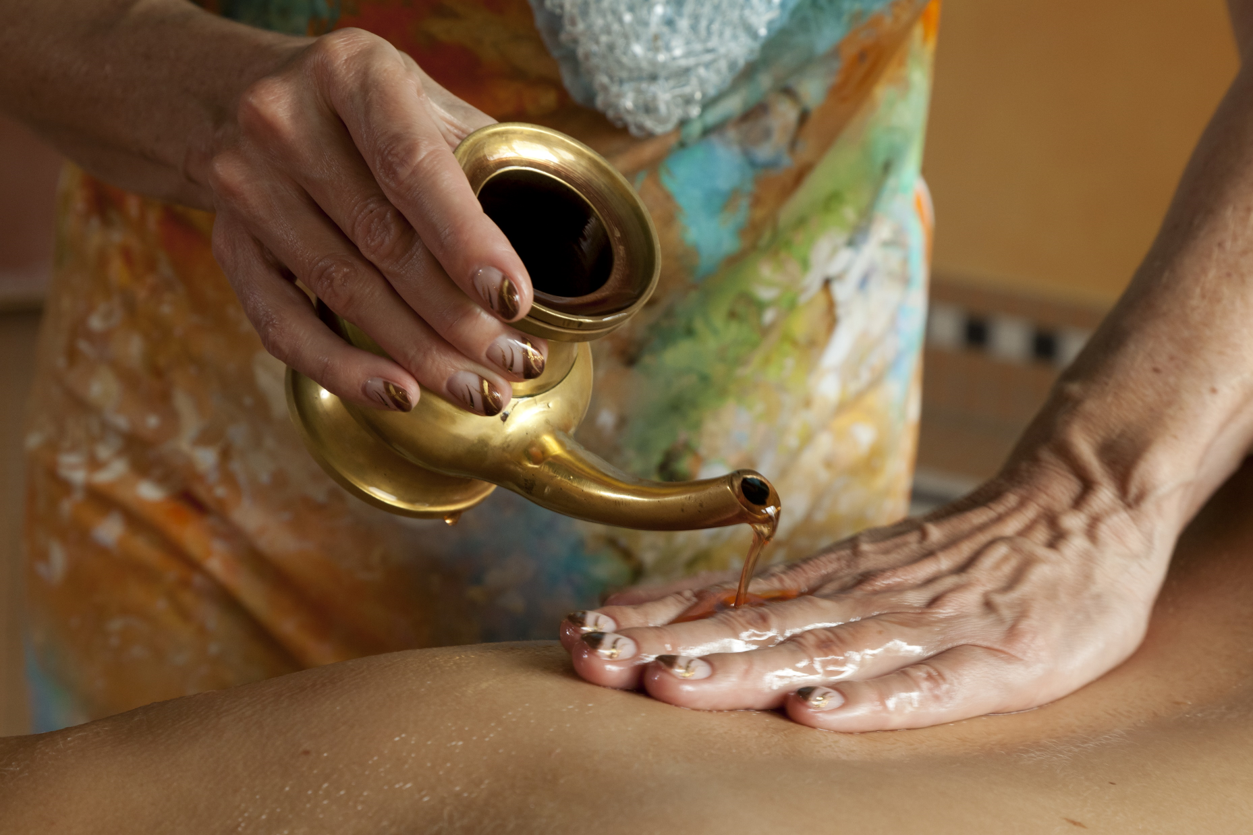
Traditional Medicine & Natural Healing
India, China
In Ayurvedic and Traditional Chinese Medicine, sandalwood oil has been used for thousands of years as a natural remedy, for example for bronchitis, skin diseases and stress.
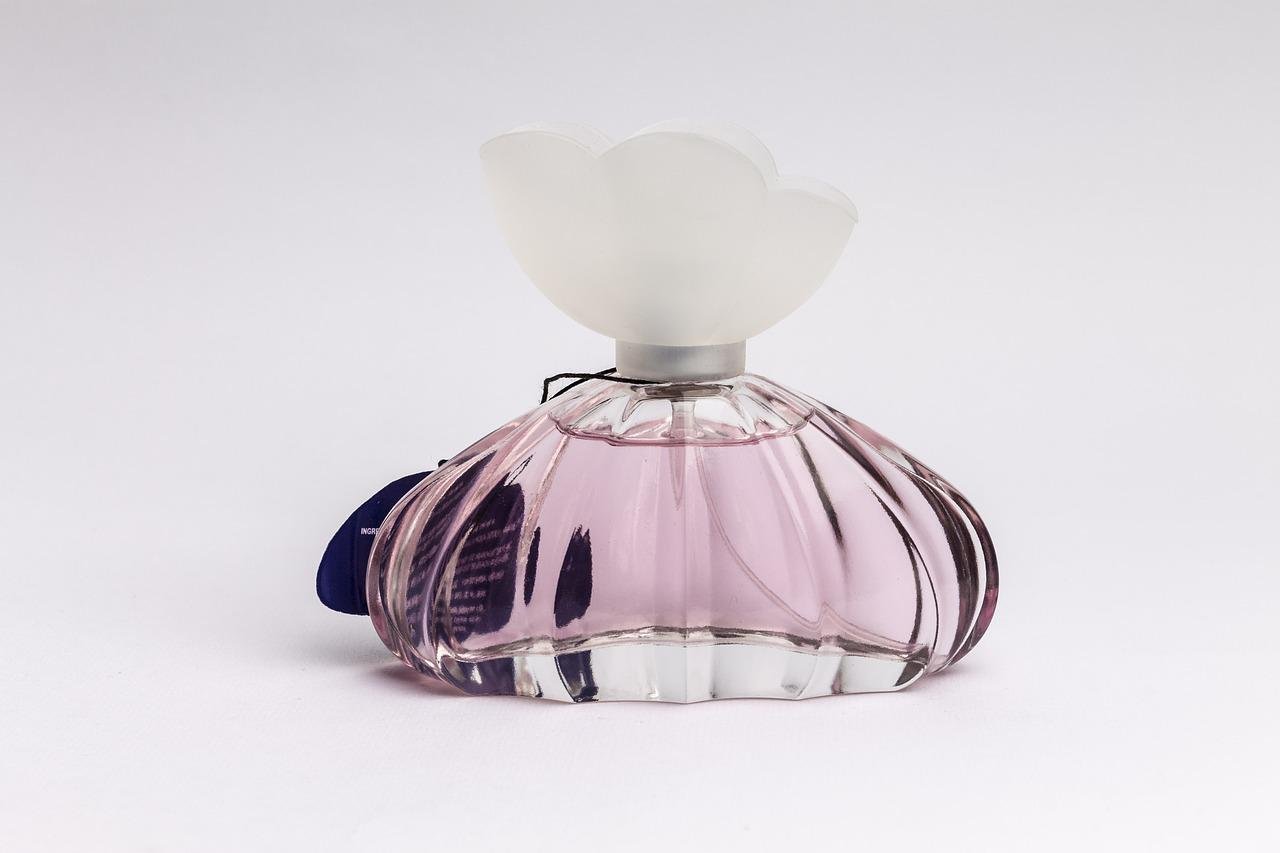
Perfumes
worldwide
The excellent carrier properties of sandalwood oil with its warm, woody aroma make perfumes last longer. Since 1750, it has been used as a classic ingredient in almost every second perfume worldwide.
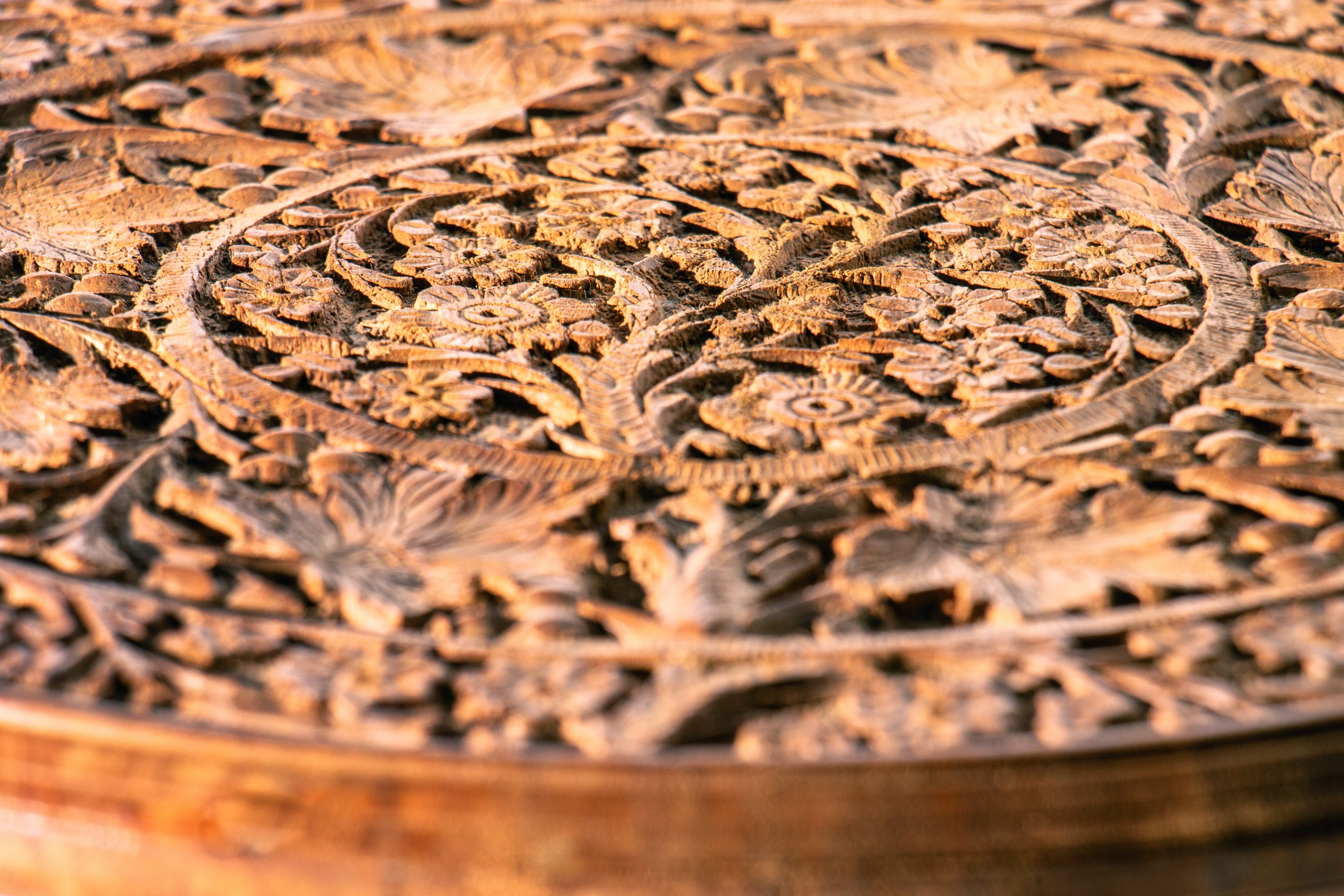
Heartwood (oily wood in the trunk)
China, India
Carvings and furniture: Heartwood is used to make large and small carvings and valuable pieces of furniture, whether for religious and artistic purposes or purely as an investment.
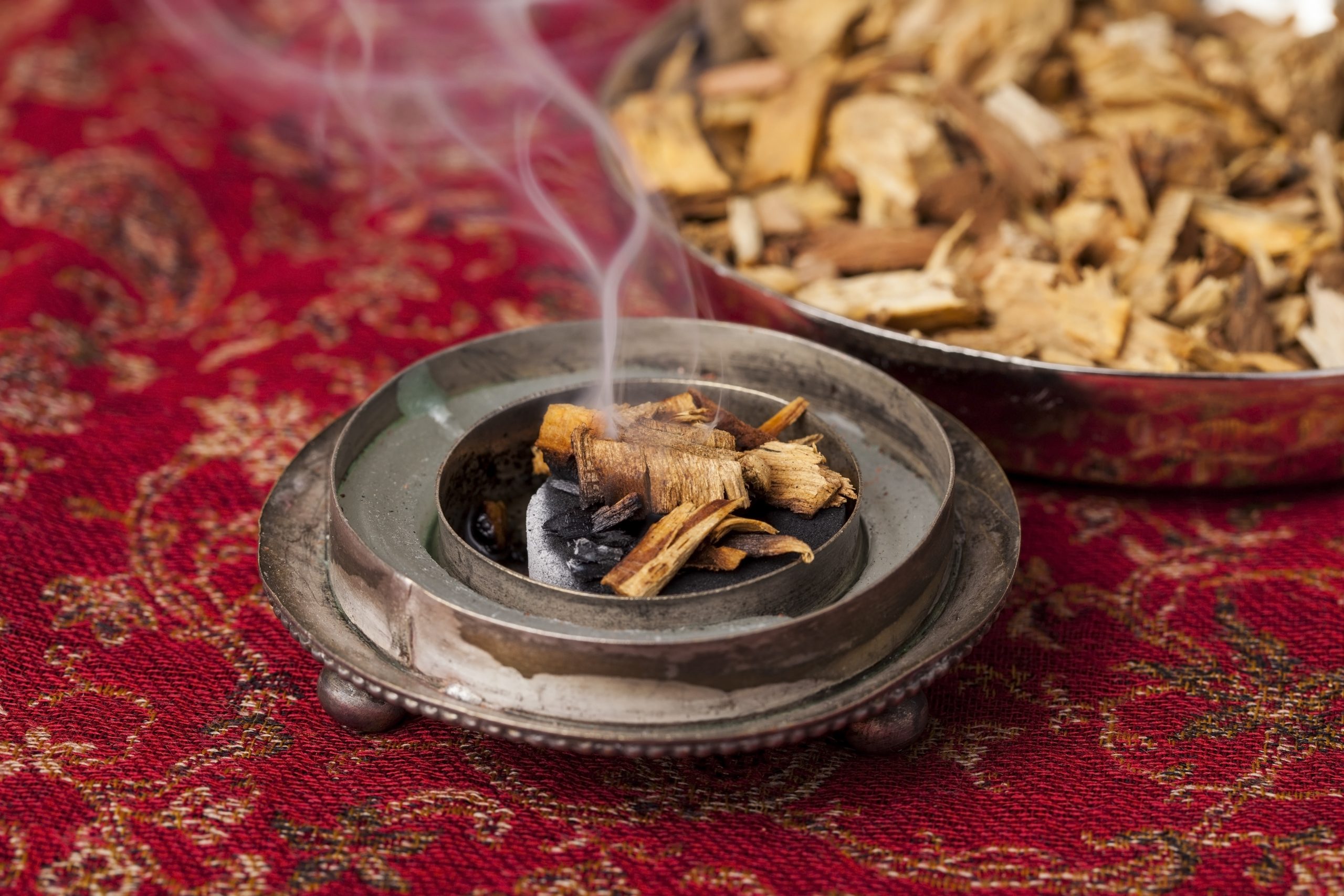
Gullies (logs of heartwood)
Middle East, North Africa
The so-called gullies are pieces of pure heartwood from the sandalwood tree that are burnt to give off a pleasant smell – for example, in Muslim cultures as a polite greeting.

WOOD POWDER, SHAVINGS, CHIPS
India, Southeast Asia
Religious rituals and ceremonies: Sandalwood and its derived formats such as powder, chips, crisps etc. are used in many social, cultural and religious rituals, especially by Hindus and Buddhists – in everyday life and on holidays.

RESIDUAL WOOD („SPENTCHARGE“)
China, Taiwan, India
The heartwood remaining after the oil distillation is not disposed of, but processed into incense and incense sticks. It is said that in India alone, about 500 million incense sticks are burnt every day during prayers. The sweet and woody smell of sandalwood smoke is said to promote meditation.
Sandalwood - a Fact Sheet
|
Name |
Indian sandalwood |
|
Scientific name |
Santalum album |
|
Also known as |
White Sandalwood, King Tree, Chandana, Liquid Gold, Wooden Gold, East Indian Sandalwood, Tan Xian |
|
Family |
Santalaceae (Sandalwood plants) |
|
Origin |
India |
|
Existance |
India, Australia, Indonesia, Sri Lanka, Timor Leste |
|
First reference |
circa 2,000 BC |
|
Appearance |
evergreen, spiky leaves |
|
Special features |
Hemi-parasite, lives on 3-5 host trees |
|
Growth height |
up to 20 m (in the wild), up to 4 m (cultivated) |
|
Harvestable |
from 30 years (in the wild), from 15 years (cultivated) |
|
Usable raw materials |
Heartwood, sapwood, roots, seeds, fruits |
|
Areas of application |
Traditional Chinese Medicine, Ayurveda, Human and Veterinary Medicine, Aromatherapy, Fragrances, Aroma, Incense, Cosmetics, Perfume Fixatives, Fragrances, Handicrafts, Jewellery |
|
Other species |
Approx. 15 different species, e.g. Australian sandalwood, Hawaiian sandalwood, red sandalwood (does not belong to the Santalaceae). |


